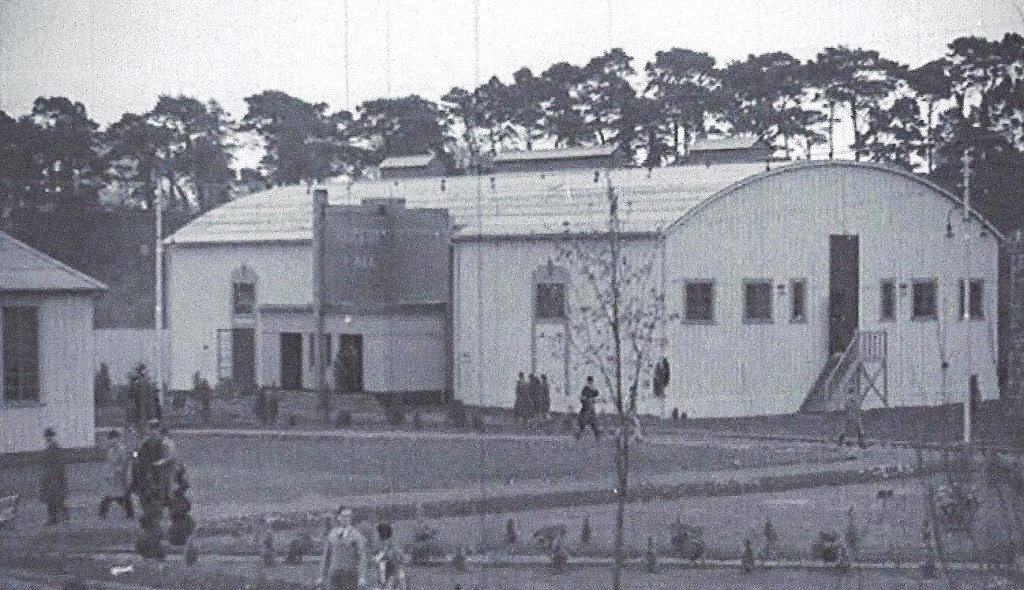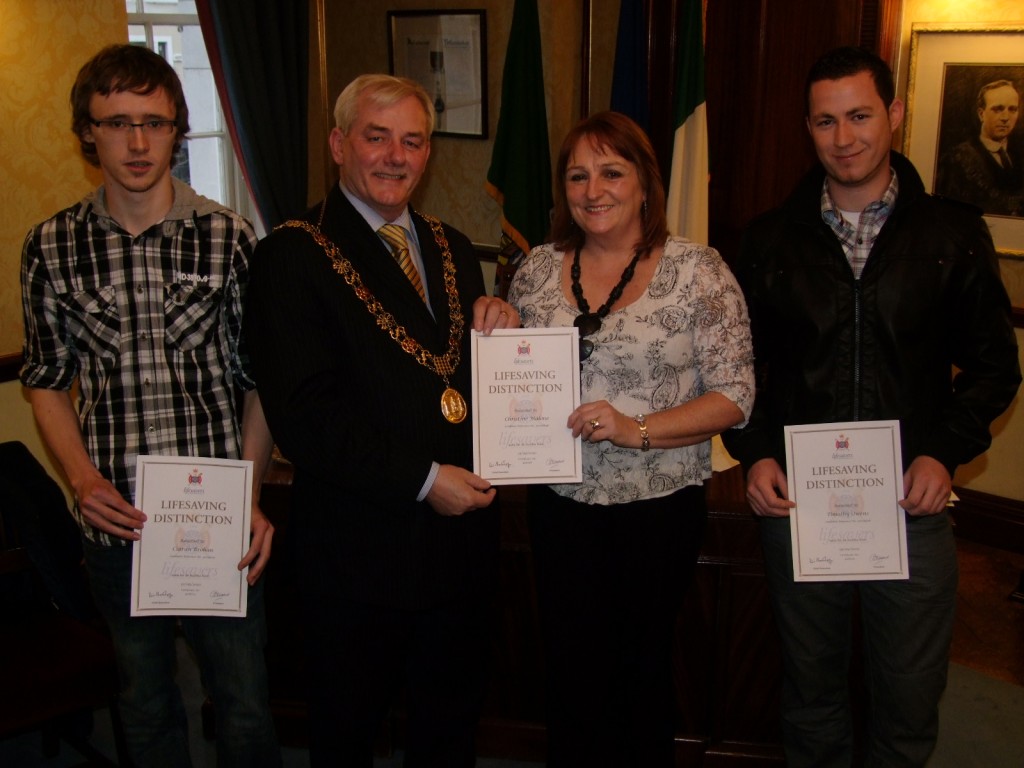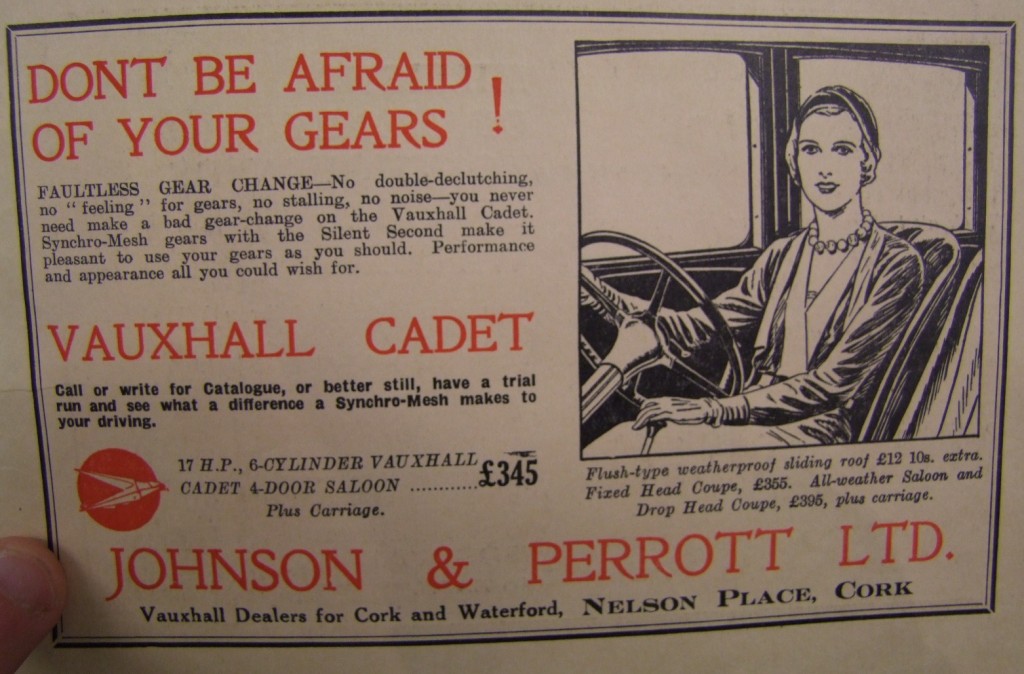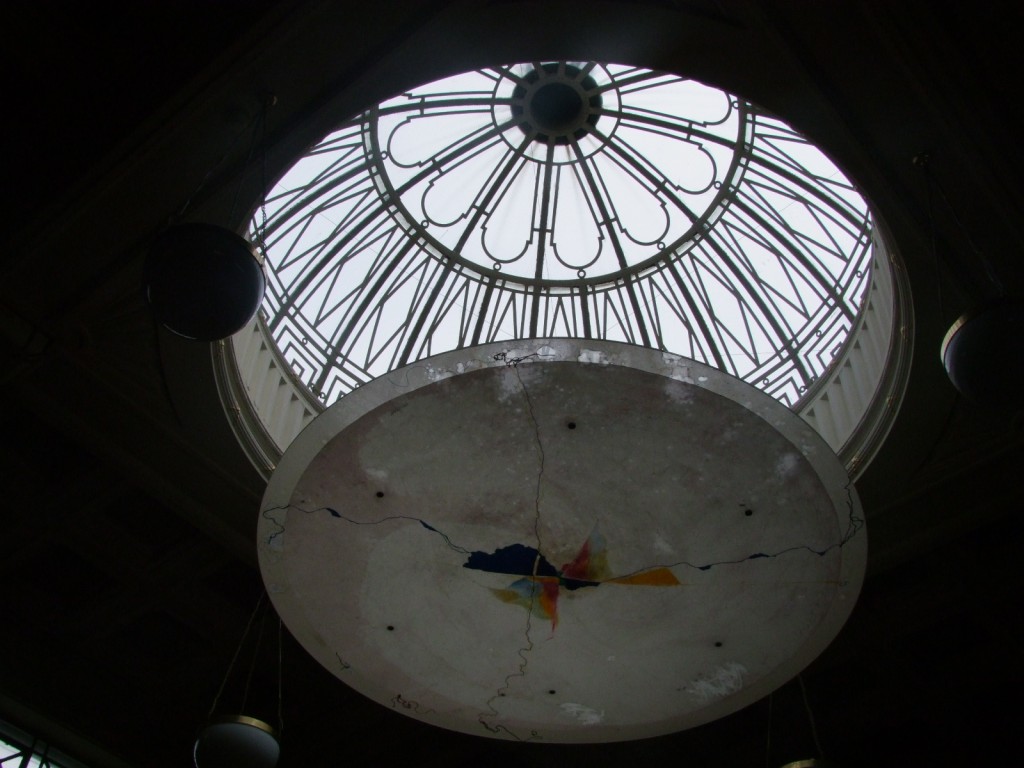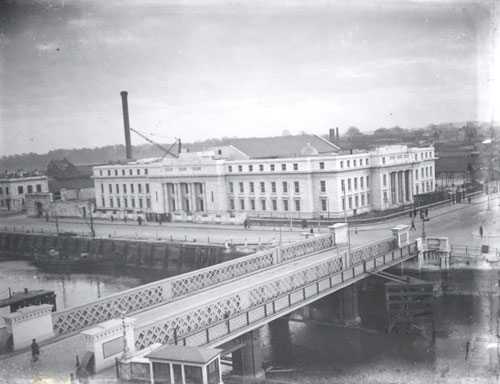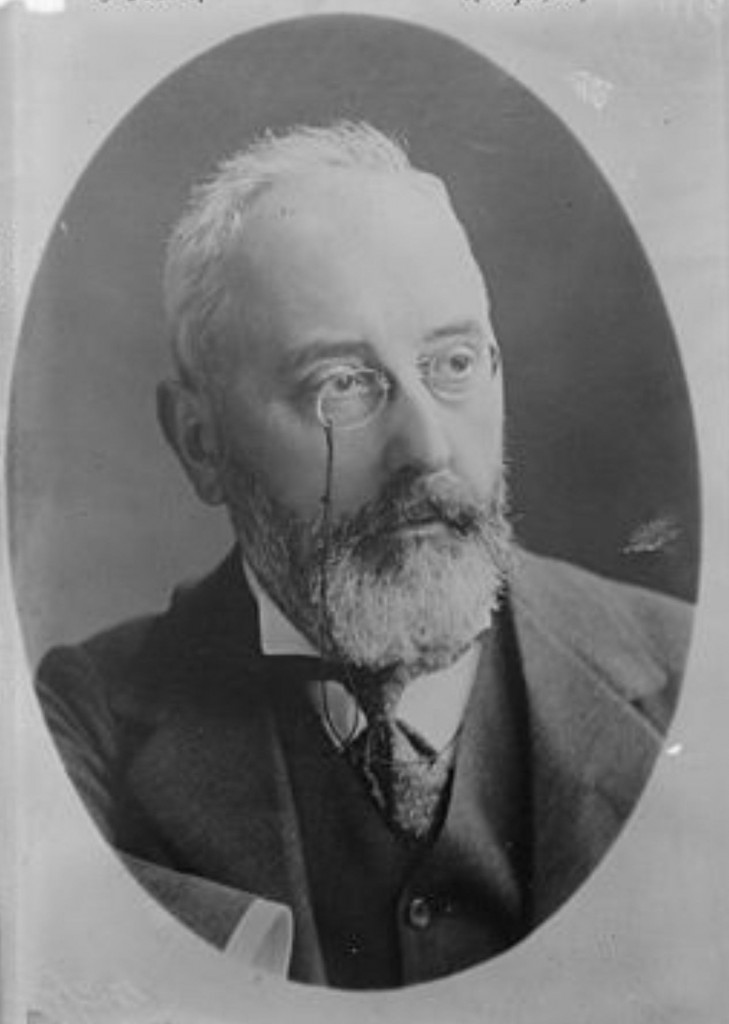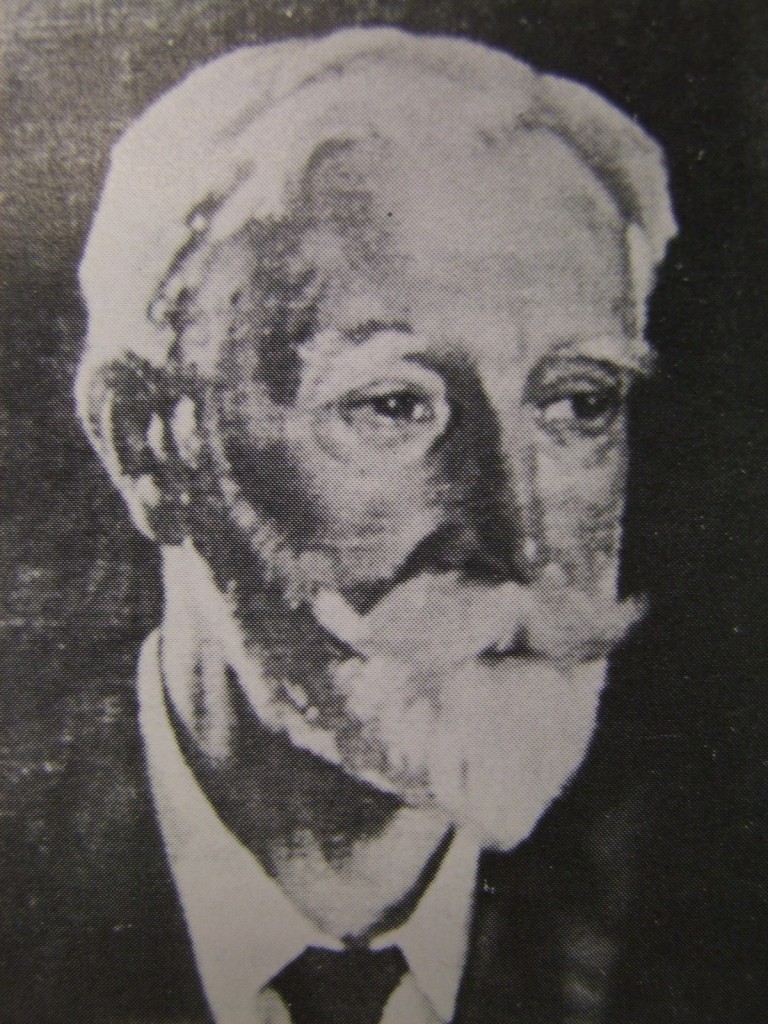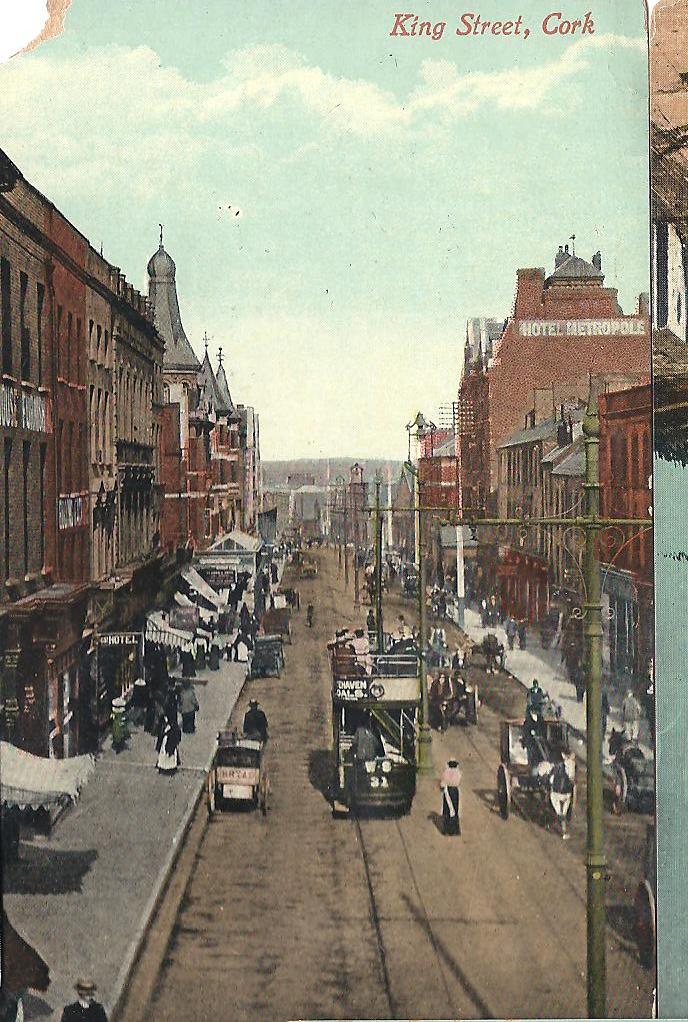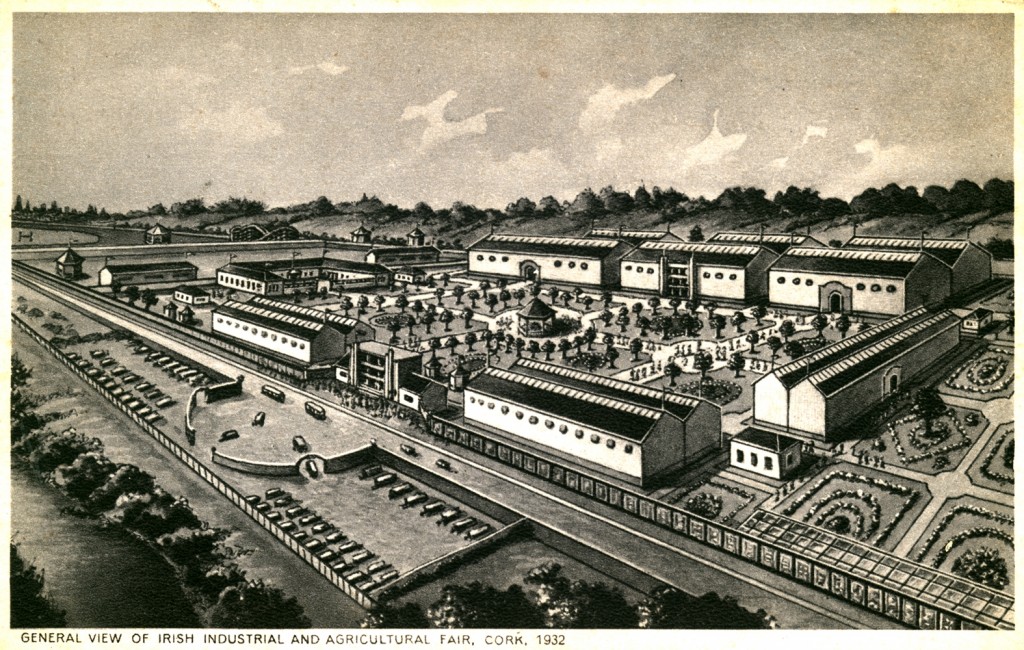
Kieran’s Our City, Our Town Article
Cork Independent, 3 February 2011
In the Footsteps of St. Finbarre (Part 246)
Building a National Identity
The Irish Industrial and Agricultural Fair 1932 aimed to build on aspects of Ireland’s national identity through staging a spectacle to draw the viewer in and empower people to buy and support all levels of what it meant to be Irish in the Free State. Apart from Irish products, the Fair’s specially built art gallery showed oil-paintings, water-colours and black and white drawings, all by Irish artists sent in by the Cork School of Art and the Cork Technical School.
Listening to the music from the band stand, one could hear music that encompassed the idea of nation building. The No.1 Army Band played there a number of occasions in the first fortnight of the exhibition in May 1932. Their repertoire on the 17 May 1932, for example, included the following: March from Tannhauser and other pieces by Wagner, the overture from Orpheus by Offenbach, Hungarian Rhapsody by Reindel, a selection of music from Die Fiedemaus by Strauss, Pas des Fleurs by Delibes, Hansel and Gretel by Humperdinck, the tango from Expressions by Brasse, overture from Masanillo by Auber, Reminiscences of Offenbach by Conrad and a selection of music from Faust by Gonnod. Historian Benjamin Curtis in a book on nationalist composers and nation building argues that music can create nations. From the role of folk sources in nationalist music, to the inspirations of landscape, language, and myth, to composers’ aspirations for their music, the idea of homeland can be stirred in the listener’s mind.
Apart from the band stand, the Fair’s ‘Concert Hall’ could accommodate 1,500 people and hosted many concerts for Irish born singers. In mid May, Mr. W.F. Watts, a Waterford tenor, gave a recital with the first performance of the ‘Exhibition Orchestra’. It was a specially formed orchestra and included many popular Cork musicians led by Miss D.E. Foley. It was conducted by Jonathan Thomas Horne who by 1932 had amassed huge career experience in playing organs and creating choirs in places such as Passage, Shandon, Dundalk and Kilkenny. Originally a Cork native, he was organist in St. Fin Barre’s Cathedral for 55 years (1922-1977).
Fashion parades were also held in the Concert Hall, which were organised by Messrs. Dowden & Co. of Cork. The press argues that at least 2,000 people attended one such event on the 9 June 1932, which showcased Irish clothing manufactures and styles of the day. The Greenmount Industrial School Band entertained the viewers during the fashion shows.
The organising committee of the fair also drew on other types of amusements that were common place across the world in similar fairs. Senses of carnival spirit, escape, magic, fantasy, otherworldliness, illusion, drama, absurdity, the dangerous, a world of role playing and the idea of the world as a lesson were represented. In a distinctly separate section to the display halls, the amusement section included a Cairo street with fifteen makeshift shops and in them Egyptians demonstrated their crafts. Walking along further one came to the ‘Waxworks’ building and the ‘Palais de Danse’ (a type of dance studio). Near the ‘Waxworks’ was a ‘Monkey House’ with over 150 monkeys populating the building.
There was a large, square building described as having a “rather freakish appearance”. The visitors looked in through cavern-like apertures in the sides and saw what resembled a water tank, only that this one was elongated to form a veritable maze. The tank held about two feet of water. One got into a boat, electrically driven from overhead wires and went sailing round and round the tank. The length of the waterway was half a mile.
Close by there was a hall for distorting mirrors and another for a big-scale version of the wheel-of-fortune. Below these was a large marquee known as the ‘Bavarian Restaurant’ and within which were to be concerts given by Swizz yodlers. There was an ‘Indian Temple‘ and an ‘African Village’ where fifty Africans worked at their expert trades plus gave the public an idea of their way of life. The latter group presented their work in some of Cork’s disused trams that had been taken off their rails in December of 1931. There was also a series of Tunisian stalls attended by natives. Tunisia, at that time, was under French protectorate but had a semi-independent monarchy. In the 1930s a campaign for independence from French rule began.
At the other end of the fair grounds was the ‘Ghost Train’, at the end of which the participant got their photograph taken. Next door was the ‘Wall of Death’, a large cylindrical and steel structure inside which a rider on a motor cycle rode around a vertical wall fifteen feet high. In a press interview with the manager of the Death Drivers Mr. E.T. Mysal, he noted that ‘Speedy’ Jack Sales and ‘Cyclone’ Morley were riding for nearly five years and had by 1932 visited eleven countries. They also held a ‘Wall of Death dance’ in the Arcadia or on the Lower Road, Cork, the proceeds of which went to a local charity. The Arcadia or ‘Arc’ opened its doors first in 1924 as an ice-skating rink but by the 1930s had transformed into a popular dance hall.
To be continued…
Captions:
576a. Postcard Sketch of View of Irish Industrial and Agricultural Fair, 1932, Carrigrohane Straight Road, Cork (source: Cork Museum, my thanks to Stella Cherry and Dan Breen)
576b. Photograph still of the Fair’s ‘Concert Hall’ from British Pathe (source: www.britishpathe.com/record.php?id=3001)
